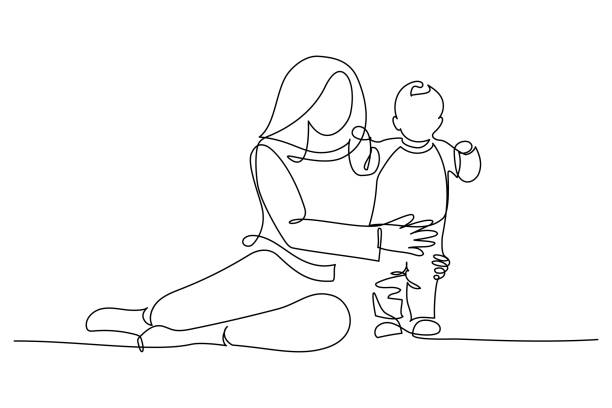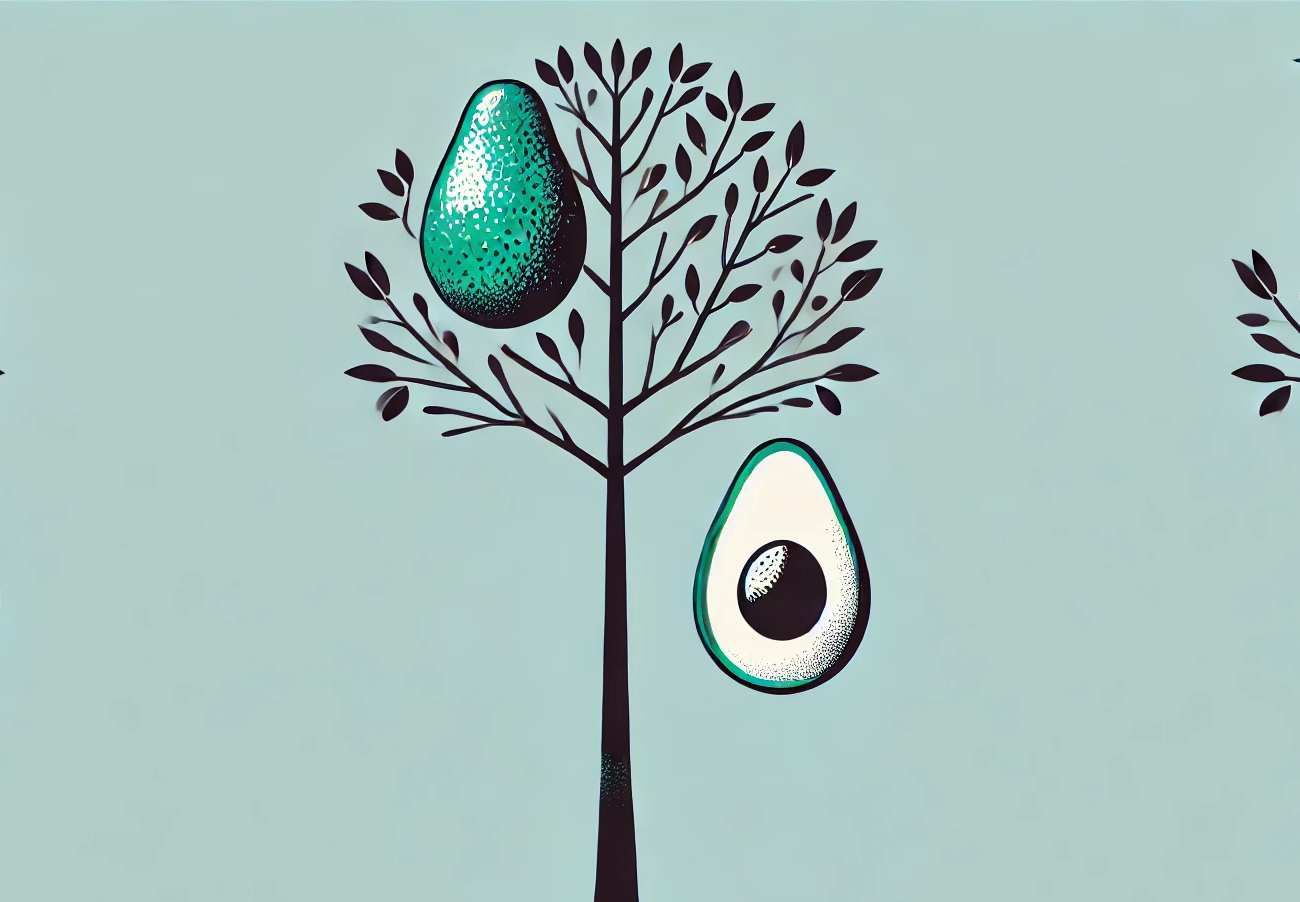Nyahururu County Referral Hospital handles up to 24 cases per month and when untreated, ‘Hidden testis’ can lead to fertility issues and testicular cancer
Every ultrasound tells a story. Recently, I had two patients walk through my door—or rather, roll in on a mix of courage and curiosity—both dealing with cryptorchidism, better known as ‘hidden testis’, a sneaky condition where one or both testicles do not descend into the scrotum.
It is the most prevalent congenital condition involving male genitalia and is characterized by the absence of at least one testicle from the scrotum; this often manifests unilaterally or bilaterally, with a higher frequency of involvement observed in the right testicle.
Untreated cryptorchidism can lead to potential long-term complications such as fertility issues, testicular cancer, testicular torsion (a medical emergency that occurs when the spermatic cord twists, cutting off blood flow to the testicle), and psychological impacts.
The condition is more common than you’d think. In fact, it feels as though it’s popping up in my ultrasound office more often than I expect.
So, grab a cup of tea, and let’s chat about Mike, a 17-year-old with a lot on his mind and a four-year-old boy whose mum, a nurse, finally faced her demons. Both are important experiences that highlight the social and medical challenges of cryptorchidism in Kenya.
First up is Mike—not his real name- who shuffled into my ultrasound room looking nervous but hopeful. “Doc,” he started, “I’ve got this thing… my left side’s never been right… It’s messed up with me. Dating? Forget it. Hanging out with the guys? I am always worried someone will notice.”
Mike, who was brought up by his grandparents after his parents separated, had kept it under wraps until his school recently swapped the female clinical officer for a guy. “He referred me to get an ultrasound, so here I am.”
I slid the probe over his lower abdomen, and sure enough, there it was—his left testicle stuck in the inguinal canal, a passageway in the abdominal wall that allows nerves, blood vessels, and other structures to pass through.
Mike then dropped a bombshell: “I called my dad about it. Turns out he had the same thing! He got surgery way back but had no clue I was struggling with it too.”
Then there’s this four-year-old bundle of energy, brought in by his mum—a nurse, no less. She walked in with that tight smile you see on people who know more than they want to admit.
I scanned him, and yes, one testicle was still AWOL, tucked up somewhere it shouldn’t be
“I’ve been hoping they would come down on their own,” she said. “It has been four years.
She had watched her son grow, clinging to statistics—about three to five per cent of full-term boys have undescended testes at birth, and most sort themselves out by three months. Her son’s did not.
I scanned him, and yes, one testicle was still AWOL, tucked up somewhere it shouldn’t be. She sighed, “I am a nurse—I should have known better. But it’s different when it’s your kid.” Denial is a powerful thing, even for pros. But now we are on the path to figuring out what’s next—probably surgery, if the doctors follow the usual playbook.
So, what’s with cryptorchidism or hidden testis? Central Kenya—think Kiambu, Murang’a, Nyeri, Nyandarua—feels like a hotspot, at least anecdotally. Globally, prevalence hovers between two to eight per cent at birth, dropping to one and two per cent by a year old due to spontaneous descent. In Kenya, a study analyzing 38 cases found that the median age at diagnosis was nine years, with cases ranging from infancy to 80 years.
This highlights a significant issue—delayed diagnosis and treatment, which can lead to complications such as infertility and testicular cancer. Kenya records approximately 1.2 million births annually, averaging 3,300 births daily. With cryptorchidism occurring in about one in every 32 male births, an estimated 103 new cases emerge daily across the country.
However, many of these cases go unnoticed or untreated for years.
While country-specific statistics remain scarce, unpublished reports indicate higher-than-average cases in counties like Nyandarua and Laikipia, where doctors at Nyahururu County Referral Hospital handle up to 24 cases per month.
Central Kenya had the highest prevalence of second-generation and portable spirits, besides topping in number of bars opened in the last five years
What explains this? Well, research is clear: alcohol during pregnancy messes with foetal hormones and one consequence is impaired testicular descent.
A survey on the Status of Drugs and Substance Abuse in Kenya released in March 2023 showed that Central Kenya had the third-highest national prevalence of alcohol use at 12.8%. The Central region also had the highest prevalence of second-generation and portable spirits at 11.9%, besides topping in the number of bars opened in the last five years.
According to a 2022 report from the National Authority for the Campaign Against Drug and Alcohol Abuse (NACADA), 635,000 people from Nyeri were found to be addicted to alcoholism and drugs, a figure that almost tallied with the population of the area, which stands at 700,000.
Besides alcohol, smoking only worsens the situation—both are linked to low birth weight and preterm birth, two major risk factors for cryptorchidism. In counties like Nyandarua, where alcohol use is high and healthcare access is limited, the numbers might be stacking up simply because more babies are exposed to these risk factors before birth.
Then there’s Mike’s case—his father had the same issue and only got treatment when he was older. That’s a red flag for genetic inheritance. Genes like INSL3, which play a role in testicular descent, could have mutations in certain families making the condition more common in some lineages.
The National Library of Medicine indicates cryptorchidism affects about 1.5% to four per cent of fathers and six per cent of brothers of individuals with the condition. The heritability in first-degree male relatives is estimated to be around 0.5% to 1%. Additionally, seven per cent of siblings of boys with undescended testes also experience cryptorchidism, emphasizing its potential genetic predisposition within families.
But genes might not be working alone. Central Kenya is a farm country and pesticides are everywhere. A 2021 study Endocrine Disrupting Chemicals and Reproductive Health in Boys and Men linked endocrine-disrupting chemicals (EDCs)—found in pesticides and industrial waste—to higher rates of cryptorchidism.
Many single mothers in Central Kenya have limited male figures, leading to minimal regular health checks
Could farming communities in Nyandarua, Laikipia, and Kiambu be exposed to these chemicals more than others? Right now, we do not have local research to confirm it, but the global data suggests a connection worth investigating.
Why do so many cases go undiagnosed? Mike’s father was absent, so there was no male figure to properly monitor his development. Many single mothers in Central Kenya have limited male figures, leading to minimal regular health checks.

Then there’s the cultural stigma. Cryptorchidism is often seen as embarrassing or something that will “fix itself” over time. In rural areas like Laikipia, where awareness is low, families might delay seeking medical help, increasing the number of older boys needing surgery. Compare that to Nairobi, where access to hospitals and regular postnatal clinics are better. Here, doctors catch cryptorchidism early, so fewer cases go unnoticed.
But is cryptorchidism more common in Central Kenya, or are we just diagnosing it later? Here, more county-level research is needed.
What, then, needs to change? For starters, more research on cryptorchidism, will increase data on the condition and thus reduce the many cases detected later in life when young adults present with complications like infertility or worse, cancer.
Secondly, early screening and parental awareness are key. To catch the condition early, paediatricians and maternity clinics need to check every boy by year one. Doctors recommend orchiopexy before age one as the gold standard. This is a surgical procedure that moves an undescended testicle into the scrotum and lowers the risk of infertility or cancer in adulthood.
Women who use drugs and alcohol are in their prime childbearing years and in need of reproductive health services
Health campaigns on maternal alcohol use are crucial as well. The National Library of Medicine reports that regular alcohol intake during pregnancy appears to increase the risk of congenital cryptorchidism in boys, indicating that the odds for cryptorchidism increase with increasing weekly alcohol consumption of five or more alcoholic drinks. These include wine, beer, and spirits, including regular intake and binge episodes.
It recommends counselling of pregnant women with regard to alcohol consumption to minimize the risks. A 2018 Qualitative Study of Substance Use during Pregnancy: Implications for Reproductive Healthcare in Western Kenya showed that women who use drugs and alcohol are often in their prime childbearing years and in need of reproductive health services.
A substantial body of clinical research on alcohol consumption during pregnancy has further established strong links with adverse health outcomes, including foetal alcohol syndrome, alcohol-related neurodevelopmental disorder, and other birth defects, including cryptorchidism.
Another crucial area of focus should be genetic and environmental studies. We need researchers digging into family trees—why does Mike’s dad have the same story? And someone tests those pesticides! If Central Kenya’s fields are brewing hormonal havoc, let’s prove it and fix it!
Mike’s story isn’t just medical—it’s personal. This is about low self-esteem, masculinity, and mental health. The four-year-old boy’s case shows that even educated parents can hesitate. The truth is, many boys and young men are silently struggling with this, simply because people don’t talk about it enough.
As a sonographer, I see this far too often. But I also see hope. Early detection, awareness and research can change everything.
Anthony Kathendu is a Radio-Sonographer and creative non-fiction writer in Meru County.





















